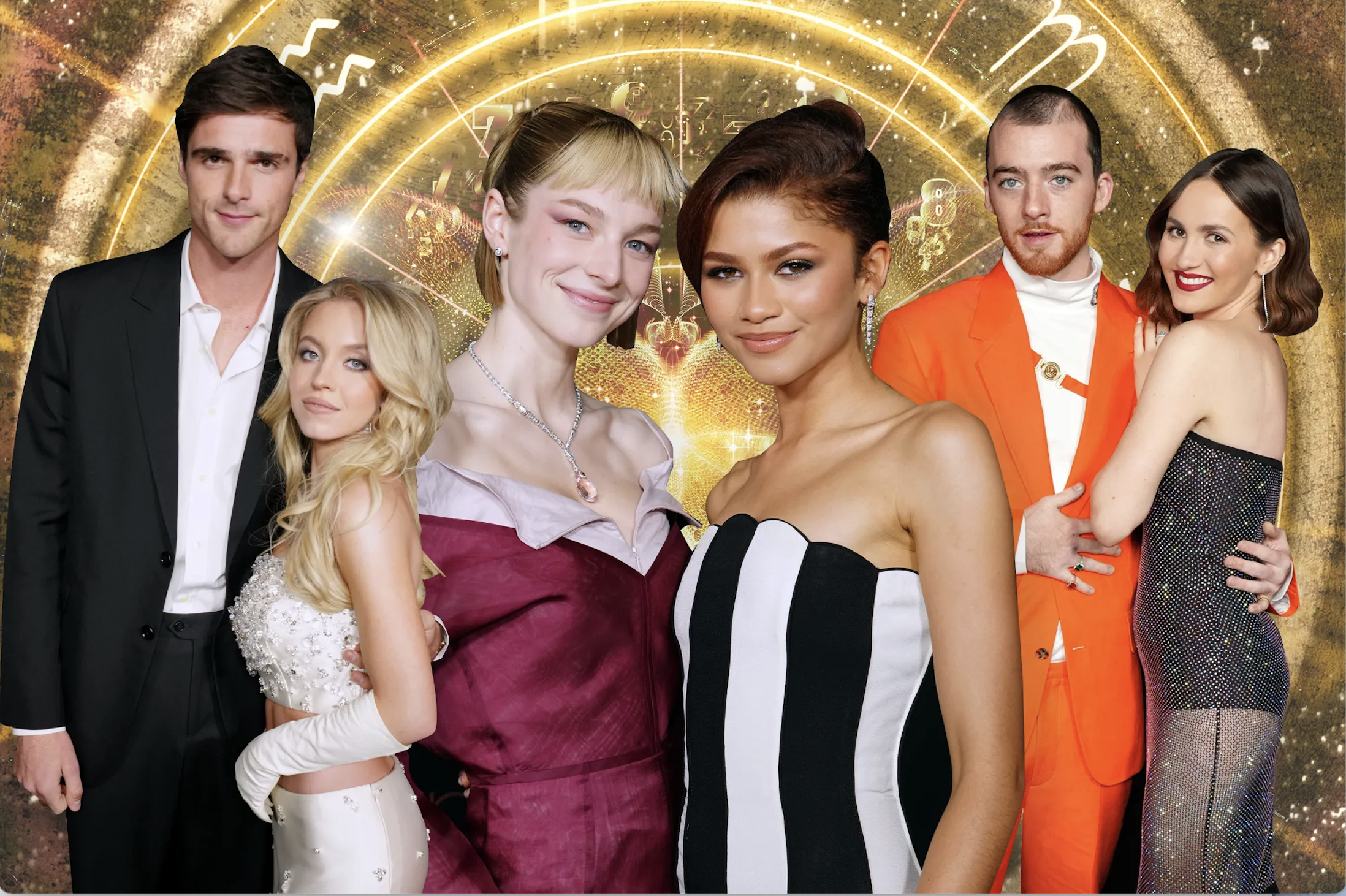Is HBO’s Euphoria actually the realistic depiction of adolescence that it claims to be?
HBO’s show Euphoria is all anyone can talk about right now. The second season finally premiered on January 9th of this year, over two and a half years after the first season’s finale ended in a cliffhanger and left fans in a tizzy. The show has been wildly popular since day one, and interest has only peaked despite the show’s long break. Nearly 2.4 million people streamed the season two premiere on the day it was released.
Euphoria destroys the idea of the quintessential American high school experience that has been portrayed on television and in movies for decades. This is no High School Musical or One Tree Hill. The show aims to rid of the straight, white-washed, sugar-coated version of high school and dive into the gritty, ugly, and messed up parts of adolescence. It has been praised for its diverse cast and its depiction of real-life issues that are often swept under the rug in society today. No topic is off-limits in this show (which can sometimes be difficult to watch) and it has become notorious for its realistic depiction of what navigating young adulthood is like. But how realistic is it really?
The show follows a group of teenagers as they navigate high school, relationships, and love while dealing with the pressures of drugs, trauma, sex, social media, and identity. The main character is teenage drug-addict Rue, played by Zendaya, who returns from rehab at the beginning of season one after an overdose. The rest of the characters attend high school with Rue, each having their own tortured past. The first season touches on a slew of topics including (but not limited to) trauma, mental health, alcoholism, drug abuse, LGBTQIA+ acceptance, neglect, sexual assault, relationship violence, catfishing, and many more.
While these are all things that people in high school can and do experience, the question remains; is the portrayal of these issues on the show comparable to real life? Yes and no.
In terms of highlighting issues that affect adolescents, yes, both the topics and their depiction in the show are realistic. It is not uncommon for high schoolers to experiment with drinking, drugs, and sex in the way they do on Euphoria. It is also not uncommon for high schoolers to struggle with their identity, sexuality, body image, and in relationships with their parents, peers, and love interests in the ways they do in the show. In addition, the diversity of the cast better represents what a normal American high school looks like, unlike other TV shows that feature a mostly straight, white cast.
What makes the show unrealistic is the elements that are added for entertainment value. The crazy, scandalous clothes and makeup looks do not depict what teenagers typically wear to school. The obvious lack of parental figures, teachers, and other adults in the show is also not realistic for most students. Real high schoolers are still surrounded by authority figures on a daily basis. In addition, the frequency and intensity of the issues that the small group of characters faces is not reflective of real life. Although these issues are not uncommon for teens to experience, it would be rare for such a large amount of problems to affect such a small, intertwined group of adolescents.
Despite some of the impractical elements of the storyline, Euphoria overall does a pretty good job showing the not-so-glamorous side of growing up in the United States. The overwhelming response to the show and its characters shows a desire to see real issues depicted on the big screen.
Strike Out,
Writer: Eloise McNair
Editor: Jordan Ross
Athens



